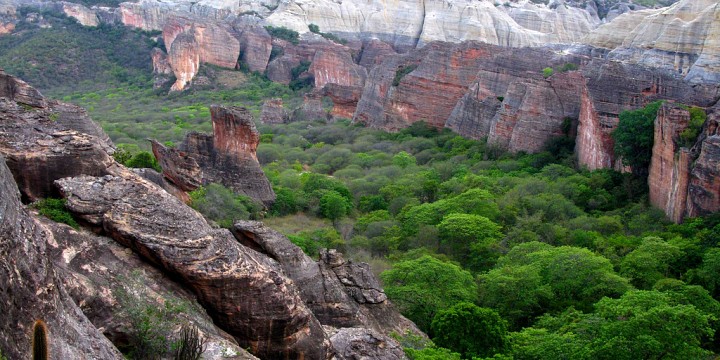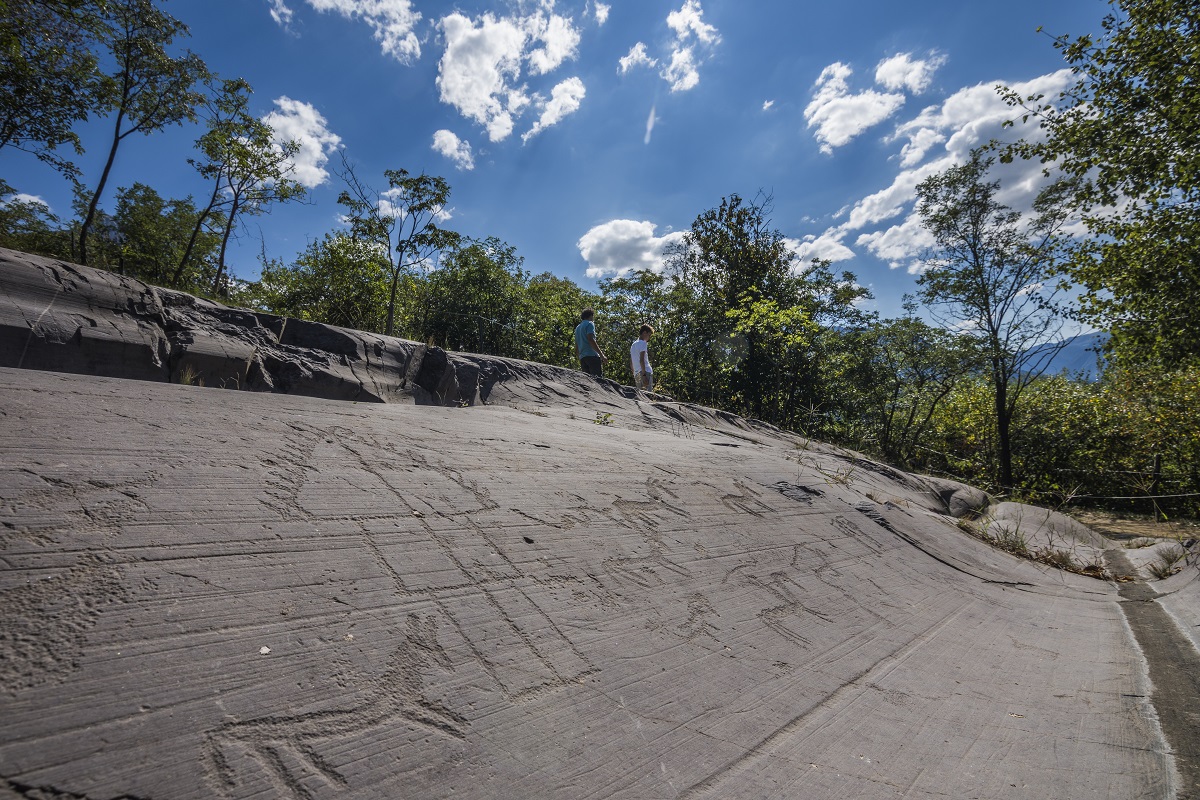1. Nan Madol — Pohnpei, Federated States of Micronesia
Venice‑like canals weave between 92 man‑made islets once reserved for Pohnpeian chiefs. Most days you’ll share the mossy basalt walls with reef herons, not people.
How to get there: Two weekly United flights from Guam; hire a pick‑up truck to the lagoon and paddle a rented kayak at low tide.
2. Serra da Capivara National Park — Piauí, Brazil
Home to 30 000 prehistoric paintings but receives fewer visitors a year than Machu Picchu sees in a morning. Canyons glow rust‑orange; you may hike half a day before glimpsing another human.
Logistics: Fly to Petrolina, bus four hours to São Raimundo Nonato; buy the two‑day park pass (≈ 15 USD).
3. Ennedi Massif — Sahara, Chad
Stone arches taller than Notre‑Dame, guelta canyons where the last Saharan crocodiles survive, and camel caravans that beat Google Maps. Nights deliver Milky Way confetti–no light pollution for 500 km.
Need‑to‑know: You must hire a 4×4 convoy from N’Djamena with a local fixer (permits + military escort).
4. Wadi Al‑Hitan (Whale Valley) — Fayoum, Egypt
Imagine hiking a Sahara moonscape dotted with 40‑million‑year‑old whale skeletons. Weekdays you’ll meet more jackals than tourists.
Logistics: Three‑hour drive from Cairo; basic eco‑lodges (no signal, perfect stars). Park fee ≈ 10 USD.
5. Lopé‑Okanda Landscape — Gabon
A rare blend: Iron‑Age rock engravings plus lowland gorillas in one park. Train from Libreville drops you at the gate; inside, you can watch chimpanzees cross an open savanna ridge at dawn—with no other vehicles around.
6. Val Camonica Rock Engravings — Lombardy, Italy
Europe’s largest prehistoric art zone sits an hour from crowded Lake Garda yet sees trickles of visitors. Paths wind through chestnut woods littered with 140 000 Iron‑Age engravings—good luck photographing them all.
Pro tip: Stay in nearby Bienno (20 EUR guest‑rooms), rent an e‑bike to hop between the five open parks in one day.
7. Hegra (Al‑Hijr) — Al‑’Ula, Saudi Arabia
Nabatean tombs rival Petra but count visitors by hundreds, not thousands. New e‑visa rules mean you can now wander Qasr Al‑Farid’s rose‑gold facade almost alone—especially in shoulder season.
Need‑to‑know: Book the morning shuttle (140 SAR) from Al‑’Ula old town; bring your own shade and water.
Planning checklist: Double‑check security advisories, pack satellite maps (cell towers are optional at these sites) and budget extra days for weather delays—loneliness comes with logistics.
Related reads on travelleri.com:
• Pair Whales & dunes with our National Parks No One’s Visiting—Yet.
• Fuel remote trips for pocket change using 9 Places Where 50 USD a Day Feels Like 500.







